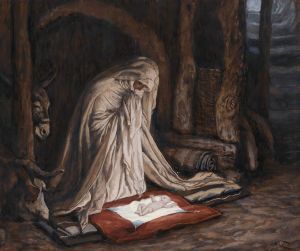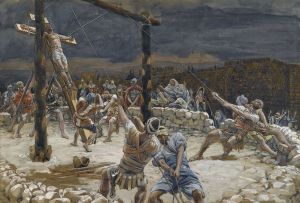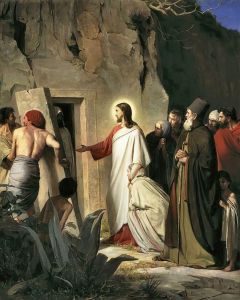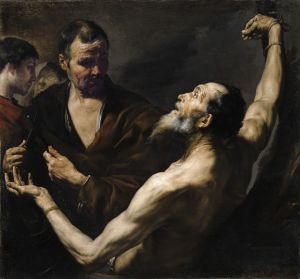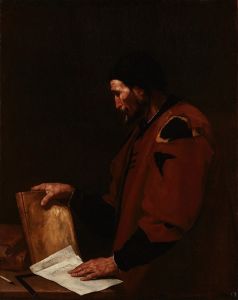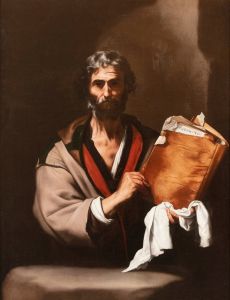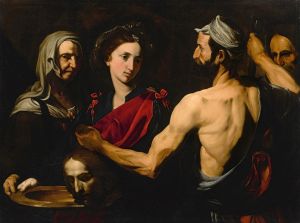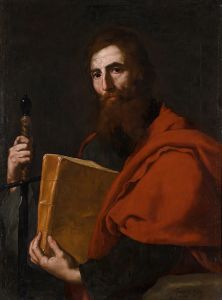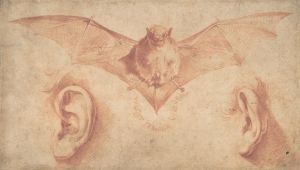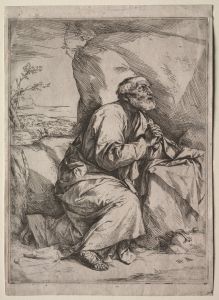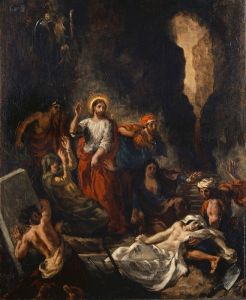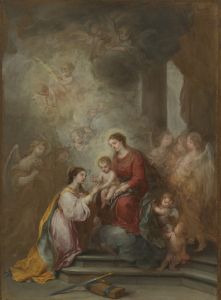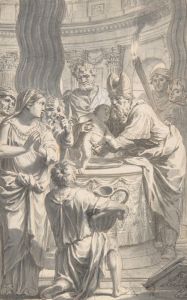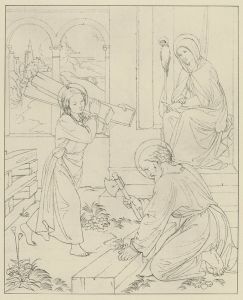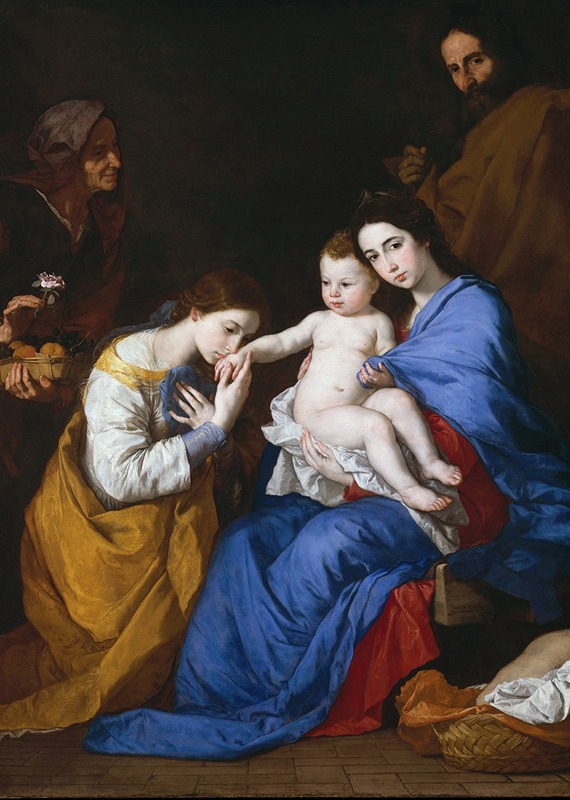
The Holy Family with Saints Anne and Catherine of Alexandria
A hand-painted replica of Jusepe de Ribera’s masterpiece The Holy Family with Saints Anne and Catherine of Alexandria, meticulously crafted by professional artists to capture the true essence of the original. Each piece is created with museum-quality canvas and rare mineral pigments, carefully painted by experienced artists with delicate brushstrokes and rich, layered colors to perfectly recreate the texture of the original artwork. Unlike machine-printed reproductions, this hand-painted version brings the painting to life, infused with the artist’s emotions and skill in every stroke. Whether for personal collection or home decoration, it instantly elevates the artistic atmosphere of any space.
Jusepe de Ribera, a prominent Spanish painter and printmaker of the 17th century, is known for his dramatic and realistic Baroque style. One of his notable works is "The Holy Family with Saints Anne and Catherine of Alexandria." This painting exemplifies Ribera's mastery in the use of chiaroscuro, a technique that employs strong contrasts between light and dark to achieve a sense of volume and three-dimensionality.
"The Holy Family with Saints Anne and Catherine of Alexandria" depicts a serene and intimate scene involving key religious figures. The central focus of the painting is the Holy Family, consisting of the Virgin Mary, the Christ Child, and Saint Joseph. They are accompanied by Saint Anne, the Virgin Mary's mother, and Saint Catherine of Alexandria, a revered Christian martyr. This composition is a testament to Ribera's ability to convey religious themes with emotional depth and realism.
Ribera's work is characterized by its attention to detail and the lifelike representation of human figures. In this painting, the expressions and gestures of the figures are rendered with great care, reflecting the artist's skill in capturing human emotion and interaction. The figures are arranged in a harmonious composition, with the Christ Child often depicted as the focal point, symbolizing innocence and divinity. The presence of Saint Anne and Saint Catherine adds layers of meaning, as they are both significant figures in Christian iconography. Saint Anne is often associated with wisdom and maternal care, while Saint Catherine is known for her learnedness and steadfast faith.
The painting's use of light and shadow is particularly noteworthy. Ribera employs chiaroscuro to highlight the figures against a dark background, creating a dramatic effect that draws the viewer's attention to the central scene. This technique not only enhances the three-dimensionality of the figures but also imbues the painting with a sense of spiritual illumination, a common feature in Baroque art.
Ribera's choice of subjects and his stylistic approach reflect the broader artistic trends of the Baroque period, which emphasized realism, emotional intensity, and the use of light to convey spiritual themes. His work was influenced by his time in Italy, particularly in Naples, where he was exposed to the works of Caravaggio and other Italian masters. This influence is evident in Ribera's dramatic use of light and his focus on naturalism.
"The Holy Family with Saints Anne and Catherine of Alexandria" is a fine example of Ribera's ability to blend religious narrative with artistic innovation. His work not only served devotional purposes but also contributed to the development of Baroque art in Spain and Italy. Ribera's paintings were highly regarded during his lifetime, and his influence extended to later generations of artists.
In summary, Jusepe de Ribera's "The Holy Family with Saints Anne and Catherine of Alexandria" is a masterful representation of Baroque art, characterized by its realistic depiction of religious figures, dramatic use of light and shadow, and emotional depth. The painting remains an important work in the study of 17th-century European art, reflecting both the personal style of Ribera and the broader artistic movements of his time.





